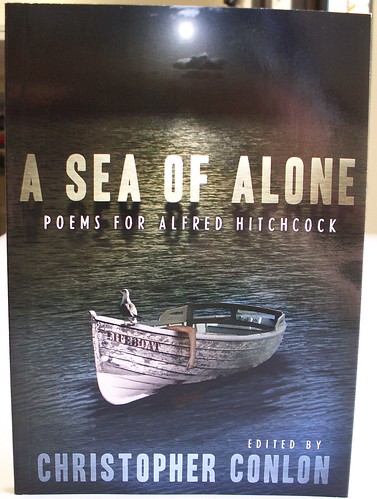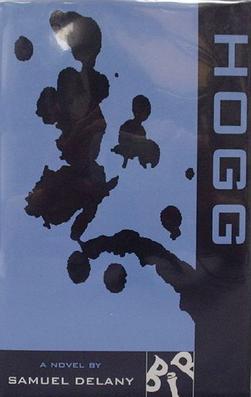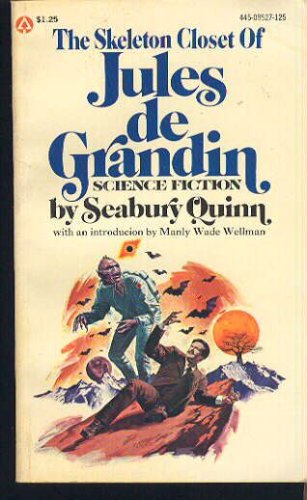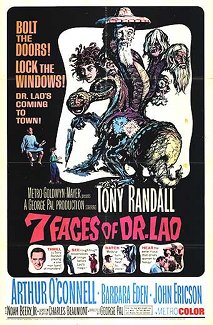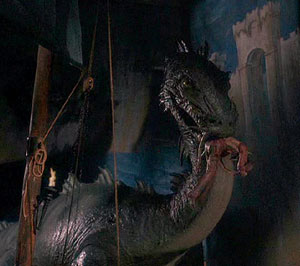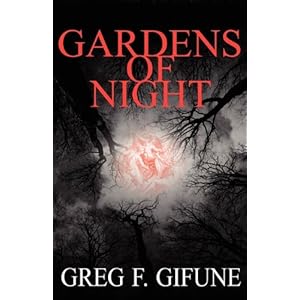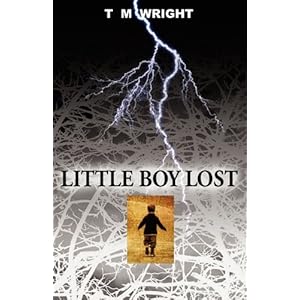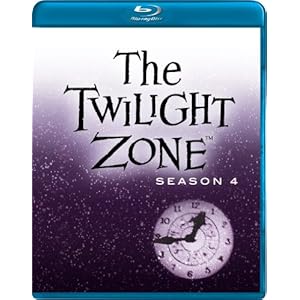Editor-In-Chief
The Black Glove Magazine
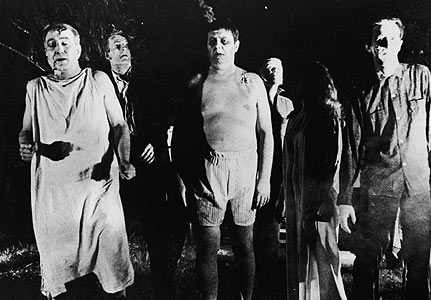
So, here I am, finishing up the last of the edits for this month's issue of The Black Glove. While doing so, I'm watching one of my all time favorite movies, George A. Romero's original genre exploding zombie flick, "Night of the Living Dead" (1968). Between editing and watching, I keep trying to count to myself how many times I’ve actually seen my beloved “NotLD”. Somewhere around 50 is my best estimate. But to be honest I keep losing track when I try to remember any younger than 15. I do know I’ll probably see it at least that many times again, God willing I stay alive for another twenty or thirty years, cognizant and with my mind intact.
Does that seem like a lot of time spent watching the same movie? Maybe not to some of you Horrorheads who know what I mean when call Romero’s film a “comfort film”.

I define a good “comfort film” as one that makes me feel better about the world, one that centers me when I feel out of balance with the rest of humanity and me. It soothes me, gives me a sense that all is well…even when it’s not.
The movies on my own particular list of “comfort films” have remained fairly consistent since my young adulthood; I’ve done very little editing over the years. Just about all of them are considered classics by most genre fans and critics. My list of “comfort films” certainly has plenty of titles which aren’t genre films to be sure. But it’s the horror ones we came here to talk about, right?
Below you’ll find a fairly complete list of the horror and sci-fi movies which are on my own “comfort films” list. I saw quite a few of them as a kid growing up in the 70s and 80s, and since those long ago days, they’ve played a part in my creative life. They give me joy every time I watch them. It’s probably not a coincidence that most of the movies I get comfort from are from my childhood, seen during my formative years, with my parents at the local drive-in. Those were some good years for me as a little Horrorhead, as I got to live through a very important phase in the horror genre.

The list isn’t in any kind of order or anything. And just an FYI: “Night of the Living Dead” isn’t even the movie I’ve seen the most on the list. There are some titles on the list I’ve seen probably a hundred times by now. You’ll find movies on my list that stretch back as far as the silent era, up to as recent as 1986 or so. Sorry, but I haven’t seen too many horror films since the late 80s for which I feel much of an emotional attachment. You’ll find some of the films that give me such comfort are pure exploitative schlock, while others are classics; but all of them mean something to me as a human being, as a writer, and as a feeling, thinking animal just trying to make it through this world full of too many real horrors to catalogue.
Night of the Living Dead (1968)
Phantasm (1979)
Zombie (1980)
Gates of Hell (1981)
Suspiria (1977)
Creature From the Black Lagoon (1954)
The Wolfman (1941)
Dawn of the Dead (1978)
Day of the Dead (1985)
Night of the Creeps (1986)
Grizzly (1976)
Halloween (1978)
The Fog (1980)
Escape From New York (1981)
Dracula (1931)
Werewolf vs. The Vampire Woman (1971)
Horror Rises From the Tomb (1973)
It Conquered the World (1956)
The Terror (1963)
The Pit and the Pendulum (1961)
Demons (1985)
Frankenstein (1933)
The Return of the Vampire (1944)
The Vampire Bat (1933)
This Island Earth (1955)
Mark of the Vampire (1935)
Nosferatu (1922)
Prom Night (1980)
My Bloody Valentine (1981)

I’m sure later on I’ll think of more movies that should have been listed here, but that gives you a good idea of what I mean.
By the way, how many do you see on my list that have been remade, or are in the process of being remade? Is it any wonder why I go off about remakes every chance I get in these editorials? These movies mean something to me, but it seems that’s there no shortage of Hollywood douche bags, most of them probably no older than some of the scars I carry on my body, keep taking my beloved “comfort films” and turning them into cookie cutter, PG13, near bloodless, violent-less, ball-less exercises in pandering to the lowest common denominator.
But, to be fair, I suppose one could argue (and rightfully so) that I should be grateful for the movies I do have from which to get a little comfort. It could be worse; I could be one of the younger generation of horror fans who have nothing better than Wes Craven’s “Scream” (1996) in which to find some comfort. Not that there’s much wrong with “Scream”, but let’s be honest: it isn’t a “Phantasm”. While it was funny in parts, it just doesn’t have that same sense of experimental, cheesy fun about it that you get with “Phantasm”. A movie like “Scream” is a polished big studio film that’s meant to make money, not to tell a story, not expected to bring anything new to the genre (hence, why we see sequel after sequel in the franchise hitting the theaters and no one says ‘boo’ that each one looks and feels exactly like the ones before them). In fact, the damn film actually makes the whole genre look silly and purposely accentuates the whole post modern malaise which most teens were wallowing in by that point in American horror cinema history. Because of the surfeit of brainless sequels that had flooded the genre by the end of the 80s, it was little wonder they felt such malaise. The gore was being censored by an ever more restrictive MPAA, led by an ever more vocal and controlling segment of the population labeled by the media as the Moral Majority (and as the old joke goes: they were neither). These Rightwing Christian organizations never missed an opportunity to harangue and financially threaten sweating bottom line studio execs into making exactly the same shitty horror crapola we see today.

So I guess they won, huh?
But did they win the battle or did they win the war?
I mean, after all, I can’t live on “comfort films” alone, now can I? I need new movies to love, to embrace and hopefully find a new “comfort film” along the way.
I keep getting little spikes on the horror radar from time to time. For me, they’re few and far between. Unlike some fans, who will tolerate something as ridiculous and lousy as “The Human Centipede” (2009), and try to convince others that the film is better than it really is, I am more exacting when it comes to good horror. And I don’t mean every film must be the caliber of something like “Aliens” (1986) because I can take cheesy and I can take shitty production values. What I cannot forgive at this point is the total lack of respect that some studio heads, and so-called ‘horror’ directors, have for their supposed target audience. These assholes may think they’re making these abysmal flicks for ‘horror fans’, but they sure as hell aren’t making movies for this Horrorhead. Not by a longshot, folks.
Above, I mentioned how I’m always looking for those little spikes on the radar that give me hope for the genre’s resurgence to box office power. Well, one such movie came along for me about a week ago. It took me a while to finally sit down and watch Tommy Wirkola’s 2009 gore-packed, creepy-scary, utterly hilarious “Dead Snow”, but when I finally did so, it knocked me on my ass by how much respect and love it shows for the genre and its fans, true Horrorheads like myself.

So what, if it’s not an American made movie. I don’t even care. The fact that this little movie made it so big here in the United States gives me some much needed hope for American horror cinema. Seeing it actually got me pretty excited about the possibilities inherent in modern horror.
But let’s back up a little and take a look at why this movie works so well on all the levels listed above. There were homages to several genre classics, including “Evil Dead” (1984), “Dead Alive” (1992), “Friday the 13th” (1980) and “Shock Waves” (1977), to name a few. The dialogue was sharp and quirky enough to remind one of a young Tarantino. The cast was talented and took the material seriously. The gore factor was turned all the up way to 11. And, most importantly, it did not talk down to horror fans. It was obviously made by a man who has a love and respect for the genre. One could easily see how much fun he had telling the story of a sadistic platoon of undead Nazi soldiers who goose step their way across a bleak snowy landscape, killing anyone who crosses their zombie path. I laughed and gasped in equal measure. Hell, I almost stood up and applauded in the middle of my living room when it was done. “Dead Snow” was a hell of a ride. I hope like hell it’s a spearhead for a new wave of better made, more respectful horror films to come.

So, that being said, I sit here, watching the end of my beloved “Night of the Living Dead”, waiting for the next spike on the radar. It’s been a while since I was actually looking forward to what was coming down the line for the genre. And, let me tell you, fellow Horrorheads, it’s a damn fine feeling. It makes me feel as if the war isn’t over yet.
--Nickolas Cook
Editor-In-Chief
The Black Glove Magazine









